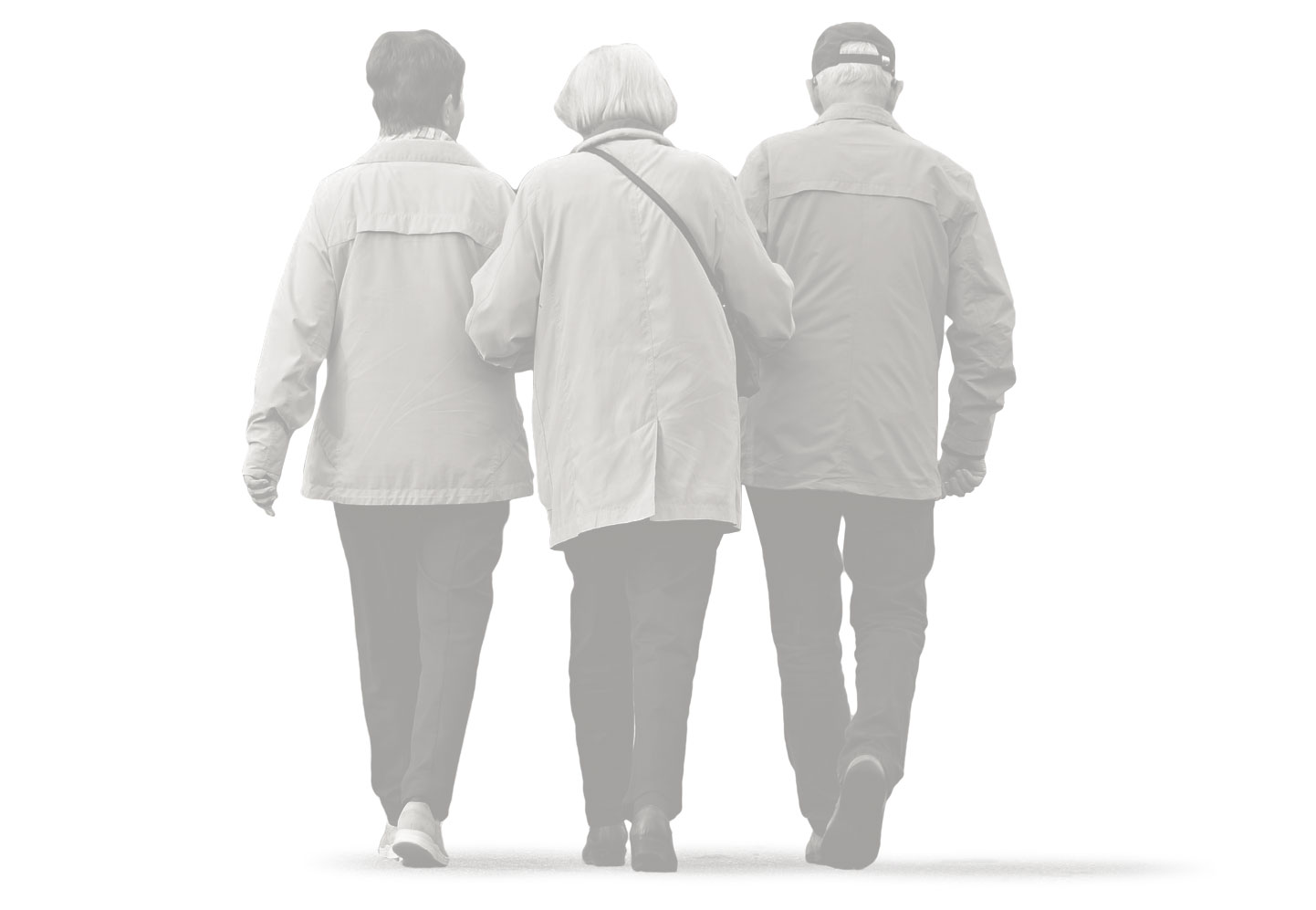Make a new start
Neurorehabilitation for Stroke & Multiple Sclerosis
recoveriX is a brain-computer interface technology that helps the brain rewire itself to relearn lost motor functions.
Find recoveriX in your country

If stroke, multiple sclerosis or traumatic brain injury affect the ability to move, it isn’t necessarily lost! For that reason, g.tec medical engineering developed recoveriX Neurotechnology, a unique rehabilitative approach based on brain-computer interface technology that helps the brain rewire itself.
While giving the task to imagine a hand or foot movement, recoveriX provides feedback in real-time through muscle stimulation and visual simulation. This process induces neuroplasticity within the brain to relearn lost motor functions.


recoveriX helps stroke or multiple sclerosis patients to decrease pain, spasticity and tremor which leads to further improvements of motor functions, concentration, passive joint movements, sensitivity, bladder control, sexual function, balance, gait and numbness of the face, body or extremities. It’s particularly striking that patients feel less fatigue and experience a decrease of foot freezing or foot drop.
recoveriX supplements physical and occupational therapy with the chance for a quicker and more successful recovery. It can be used in the acute, sub-acute, or chronic states – even 10, 20 or 30 years after the MS diagnosis or the stroke!
In a recent interview, Dr. Tim von Oertzen, a renowned neurologist, highlighted the benefits of recoveriX neurorehabilitation for stroke and MS patients. He emphasized recoveriX’s potential to train the upper and lower limbs of those with impairments, noting significant improvements in locomotion, gait, balance, and movement control experienced firsthand.

recoveriX helps take rehabilitation to a higher level. This neurotechnology makes it possible to combine different techniques and improve the plasticity of the brain in order to restore motor functionality and increase the quality of life. Studies show that this unique approach produces long-term functional improvements, even in chronic patients.
Marc Sebastián Romagosa, PhD Physiotherapist at recoveriX Barcelona
A neurological disorder might inhibit your ability to move, but maybe not your ability to imagine movement! Imagine a hand or a foot movement – the imagination triggers nearly the same activity in the brain as a real hand or foot movement. This is what exactly recoveriX uses for your therapy! With three different kinds of neurofeedback, recoveriX improves your chances for successful therapy.

Imagine a hand or a foot movement. recoveriX measures and analyses brain waves, which reflects the motor imagery and determines whether the motor imagery was correct.
Once motor imagery has been recognized, virtual reality and functional electrical stimulation will be activated.
Unlike conventional physiotherapy, the BCI guarantees that actual movements only occur when people imagine the corresponding
movement.

The simulation on the screen makes motor imagery visible. Patients sit in front of a screen, where they see hands and feet of an avatar. This gives patients the feeling of watching their own movements in front of a mirror.
If recoveriX recognizes motor imagery of the movement (such as a right hand movement), the avatar moves the right hand.

For this stimulation, two electrodes are placed (for example) on the dorsiflexors of the wrist or on the leg. If the system recognizes a correct motor imagery, the muscles get electrically stimulated, causing a real movement.
This should help you re-learn how to initiate movement, and thus make movement possible again.
The patient is motivated because the experience repeatedly reminds the patient of the desired goal: being able to move again.
recoveriX integrates cognitive tasks with movement exercises, which increases the chances of success of the therapy not only for stroke patients, but also for patients with multiple sclerosis.

Mirror neurons are activated when a person observes the same behavior in another person.
When recoveriX recognizes the mental imagination of movement in the patient’s EEG signals, such as the movement of the right hand, the virtual avatar on the screen simulates the corresponding movement in real time.
This visual feedback is similar to mirror neuron therapy.

recoveriX encourages the patient to practice motor imagery of both sides of the body, e.g. the affected right foot or the left hand. This approach is designed to support the activation of both hemispheres of the brain.
Stimulating both hemispheres of the brain improves the coordination of movements and increases fine and gross motor skills on the impaired side.

By imagining the movement, the patient controls the avatar and can trigger actual movement through electrostimulation. If performed correctly, the hand or foot is raised and the patient can touch a small virtual ball.
The repeated activation of the movement promotes new neuronal connections in healthy areas of the brain, which ultimately control the muscle movements correctly.
During recoveriX therapy, the healthy limb is constrained to stimulate the impaired limb. Patients must repeatedly imagine the movements of both the healthy and the impaired sides.
This method promotes coordination between the two hemispheres and can help to reduce spasticity and normalize temperature regulation.
Regular motor imagery can aid in reactivating neural pathways, promoting neuroplasticity, and aiding in the recovery process after injuries like strokes, multiple sclerosis, or traumatic brain injuries.
Explore recoveriX at Home, a new app by g.tec medical engineering designed to help recoveriX patients to improve their motor function by engaging in motor imagery exercises at home.
You are currently viewing a placeholder content from X. To access the actual content, click the button below. Please note that doing so will share data with third-party providers.
More Information